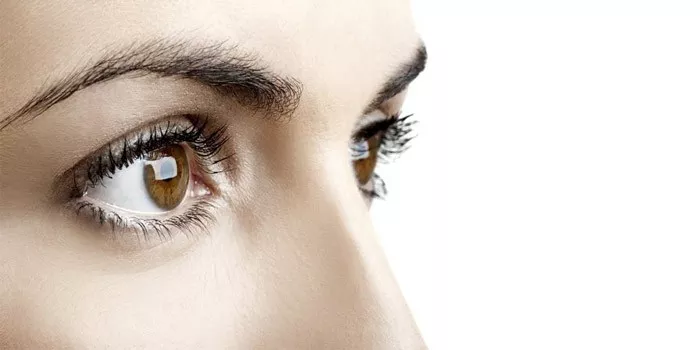Double eyelid suturing, also known as non-incisional or minimal-incision double eyelid surgery, has gained popularity as a less invasive alternative to traditional double eyelid surgery. It involves the creation of a double eyelid fold using sutures rather than making an incision. However, one common question that individuals considering this procedure have is whether double eyelid suturing is reversible. In this article, we will explore the process of double eyelid suturing, its benefits and drawbacks, and whether the results can be reversed if desired.
Understanding Double Eyelid Suturing
Double eyelid surgery aims to create a defined crease in the upper eyelid, enhancing the appearance of the eyes.
Traditionally, this has been achieved through incisional surgery, where excess skin is removed, and the eyelid is reshaped to form a double eyelid fold.
Double eyelid suturing, on the other hand, is a non-incisional technique that uses specialized sutures to create the double eyelid fold. This approach is appealing to many individuals because it offers several advantages, including:
Minimal Scarring: Since there are no incisions, there is minimal scarring, making it a less visible procedure.
Shorter Recovery: The recovery time is typically shorter compared to traditional surgery, and there is less post-operative discomfort.
Less Invasive: Suturing does not require the removal of skin or tissue, reducing the invasiveness of the procedure.
Adjustability: Sutures can be adjusted to achieve the desired eyelid height and shape during the procedure.
Is Double Eyelid Suturing Reversible?
Double eyelid suturing is considered a semi-permanent procedure. While it can provide long-lasting results, it is not entirely irreversible. The reversibility of double eyelid suturing depends on several factors:
Type of Sutures: The type of sutures used during the procedure can impact reversibility. Some sutures are designed to be more easily removed or adjusted, while others may be more permanent.
Healing and Scar Tissue: Over time, scar tissue can form around the sutures, which may make removal more challenging. The ease of reversal can vary among individuals.
Experience of the Surgeon: The expertise of the surgeon who performed the procedure plays a role in the reversibility. A skilled surgeon may have more success in adjusting or removing sutures if desired.
Patient’s Preferences: Ultimately, whether double eyelid suturing is reversible depends on the patient’s goals and preferences. If a patient wishes to reverse the procedure, it is possible to do so with the guidance of an experienced oculoplastic surgeon.
Reversal Options
If you are considering reversing double eyelid suturing, here are some options to explore:
Suture Removal: In many cases, the sutures used in double eyelid suturing can be carefully removed by a qualified surgeon. This process can help return the eyelids to their original state.
Suture Adjustment: If you are not satisfied with the results of double eyelid suturing, sutures can often be adjusted to achieve the desired outcome.
Traditional Eyelid Surgery: In some cases, individuals may opt for traditional double eyelid surgery to create a more permanent double eyelid fold.
Non-Surgical Options: There are non-surgical methods, such as using eyelid tape or makeup techniques, that can temporarily mimic the appearance of a double eyelid.
Conclusion
Double eyelid suturing is a popular procedure due to its minimal invasiveness and shorter recovery time compared to traditional eyelid surgery. While it provides long-lasting results, it is not entirely irreversible. The reversibility of double eyelid suturing depends on factors such as the type of sutures used, the formation of scar tissue, the surgeon’s expertise, and the patient’s preferences.
If you are considering double eyelid suturing and have concerns about reversibility, it is essential to discuss your goals and expectations with a qualified oculoplastic surgeon. They can provide guidance on the procedure’s potential outcomes and any options for reversal or adjustments should you choose to do so in the future. As with any cosmetic procedure, thorough consultation and informed decision-making are key to achieving the desired results and ensuring your satisfaction.


